Having greasy cabinets can be rather frustrating, but they can’t be helped in a busy kitchen. Grease that builds upon cupboards and drawers is usually a result of meal preparation or greasy hands. Just imagine the mess from making a spicey stir fry and you get the picture. While the backsplash and stovetop are relatively easier to clean, greasy kitchen cabinets can be somehow tricky, especially if they’re made of wood. However, there’s nothing a natural household product can’t clean. Using certain approaches involving homemade solutions can allow you to get rid of even months-old grease stains. Not only are these household ingredients just as effective as commercial products, but they’re also actually inexpensive and healthier to use.
1. Using White Vinegar and Warm Water to Remove Grease
The acidity of white vinegar makes it a natural cleaning product with effective degreasing properties. Because it’s acidic you may want to use it with caution around unsealed surfaces; the acid is known to damage even marble. When in doubt, consider opting for another solution.
What You’ll Need:
- White vinegar
- Warm water
- Spray bottle
- Soft Piece of Cloth
Fill a spray bottle with a 50/50 mixture of water and vinegar. Next, mist the solution onto the greasy cabinetry and let it sit for a couple of minutes. Soak the cloth in warm water and wring it well; excess water can damage a wooden cabinet. Using the damp piece of cloth, wipe the cupboard to get rid of the grease. You can remove stubborn stains by applying a homemade paste of vinegar and salt on an old toothbrush and using it to scrub the affected areas — follow it up by wiping it with a soft cloth.
2. Removing Cabinet Grease With Dish Soap and Warm Water
Many dishwashing liquids are great at removing grease stains. Although dish soap is not exactly natural, it’s still much safer to use than other chemical-based products. Make sure not to use too much water as it can seep into the wood and possibly damage it.
What You’ll Need:
- Dishwashing liquid
- Warm water
- Cleaning Sponge
- Dry Cloth
Mix a few drops of dish soap with warm water in a bowl until it foams. Soak the sponge in the mixture and squeeze it. Then, start scrubbing the cupboards with the sponge; make sure to follow the grain of wooden cabinetry. Should you come across any stubborn stains, apply a bit of dishwashing liquid directly onto the cleaning sponge and scrub the area again. Soak the sponge and repeat until the stains disappear. Finish up by wiping the cabinets with a dry piece of cloth to get rid of soap residue.
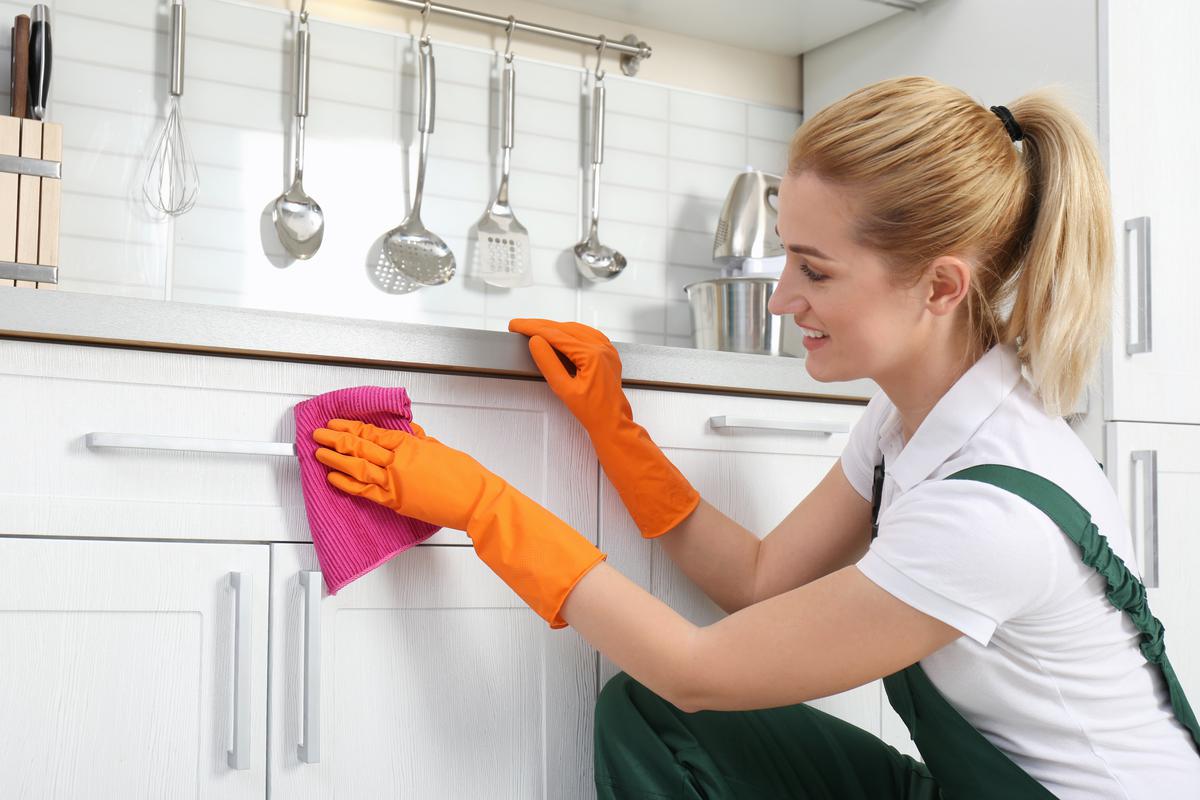
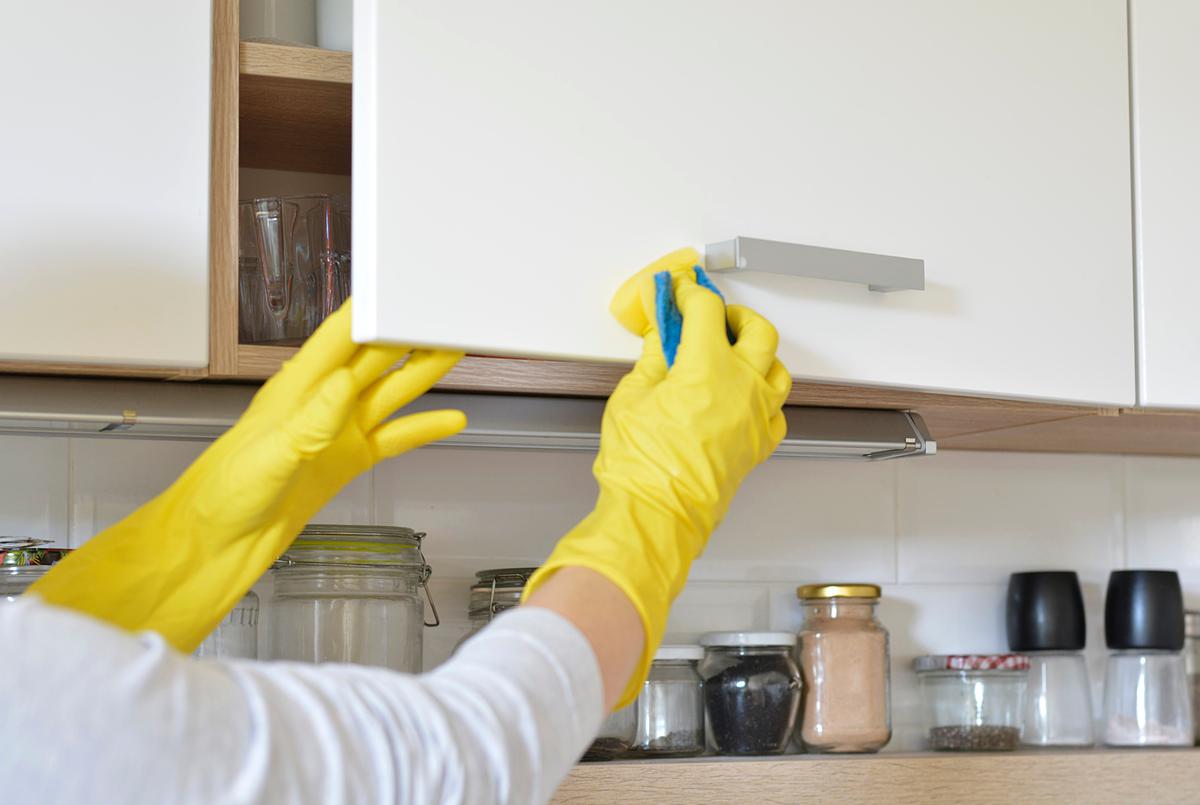
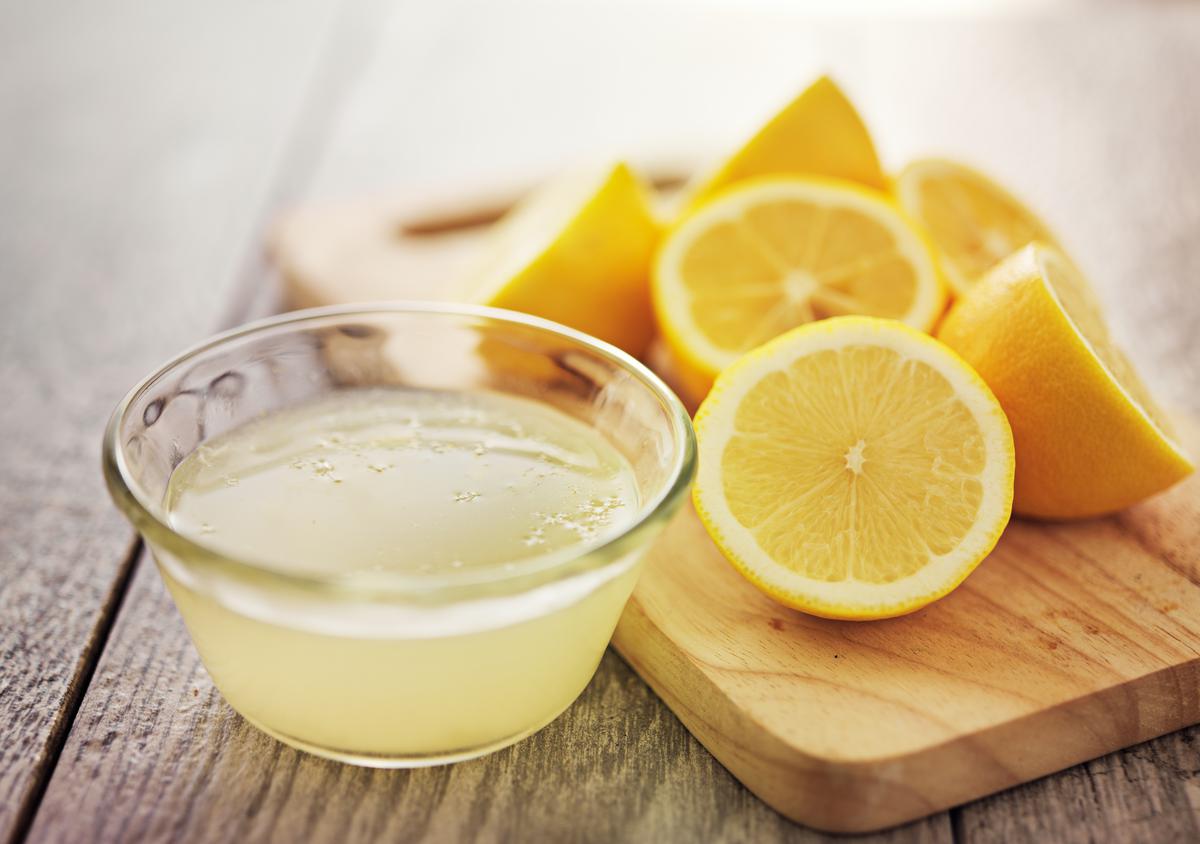
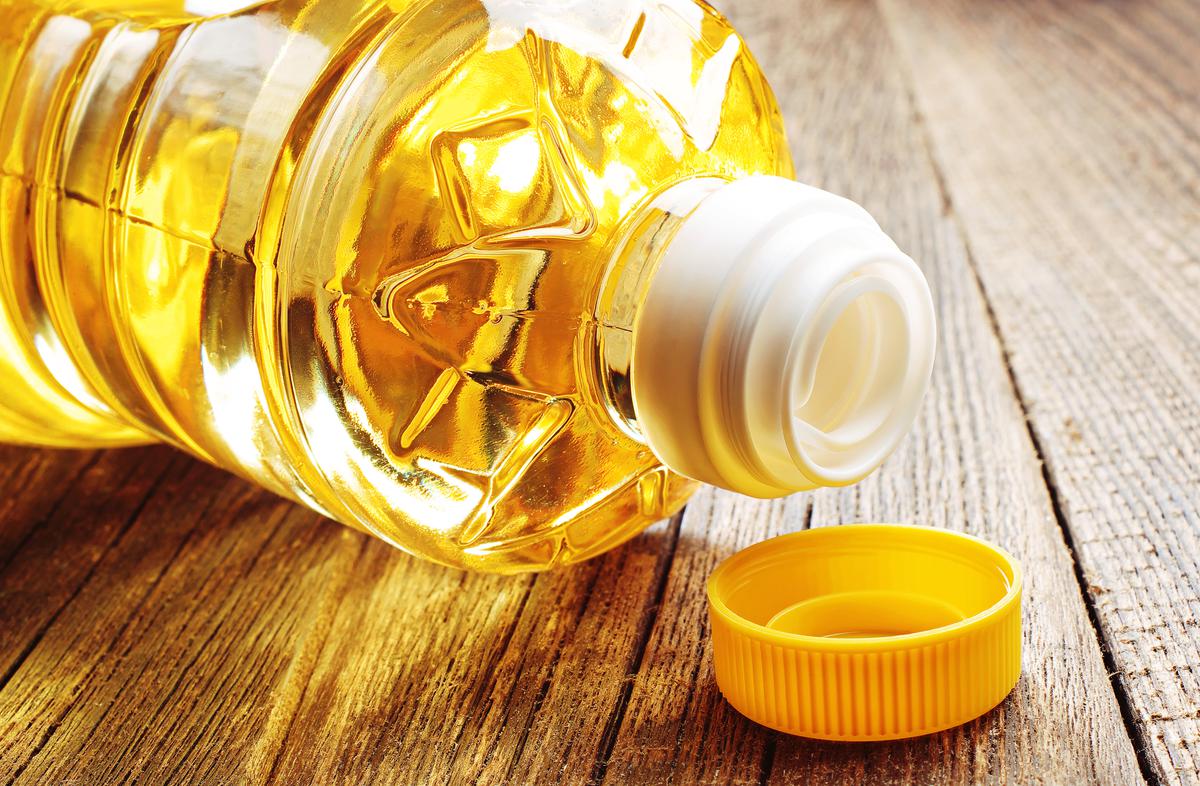
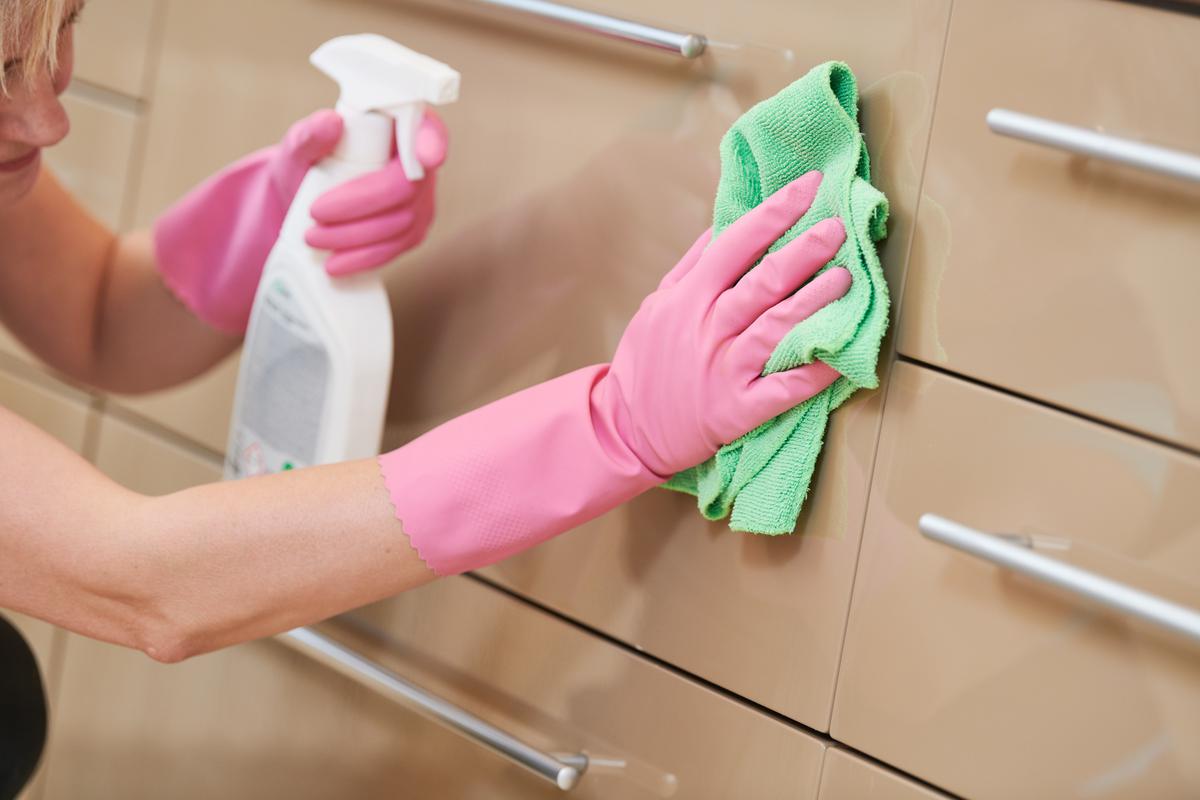
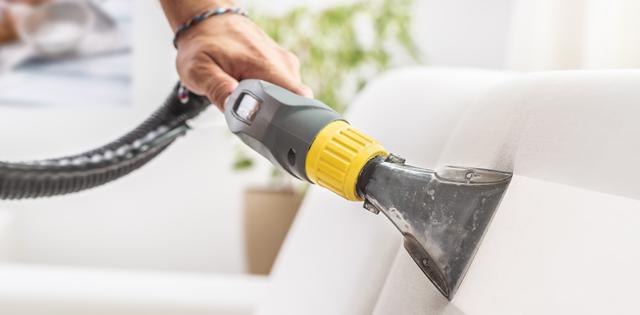
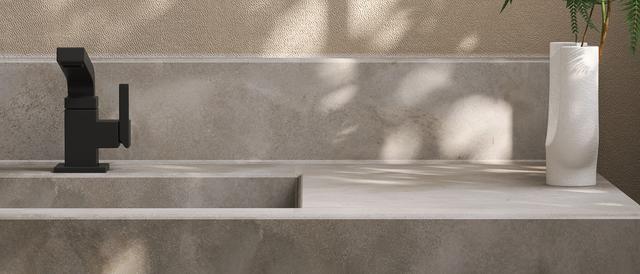
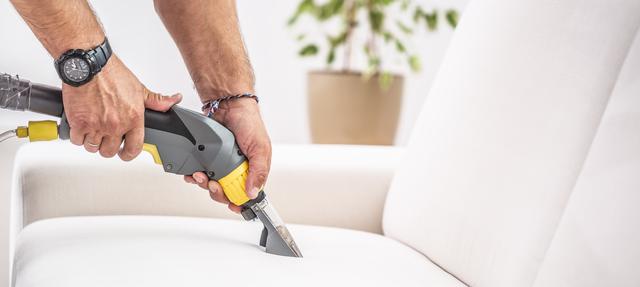

comments